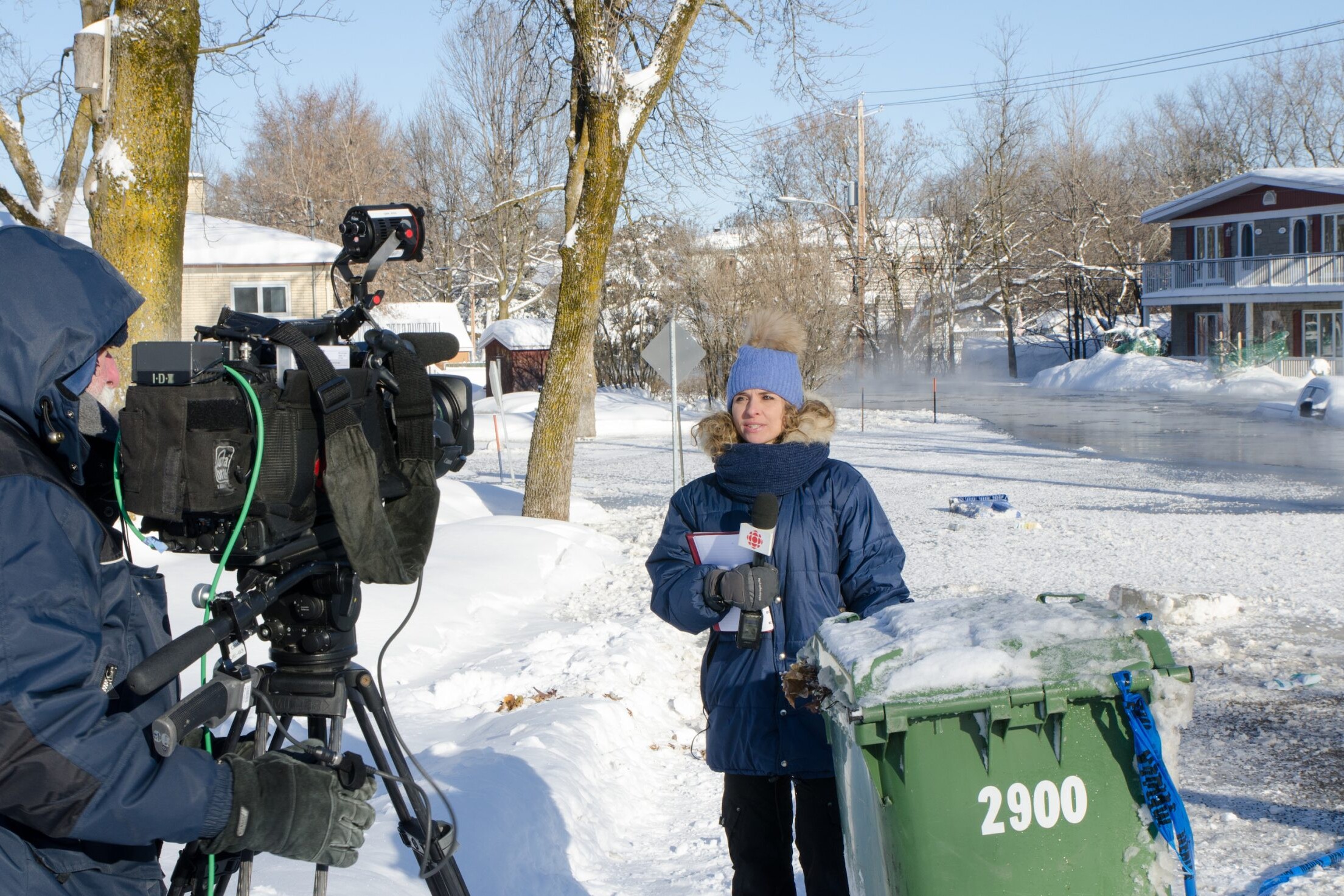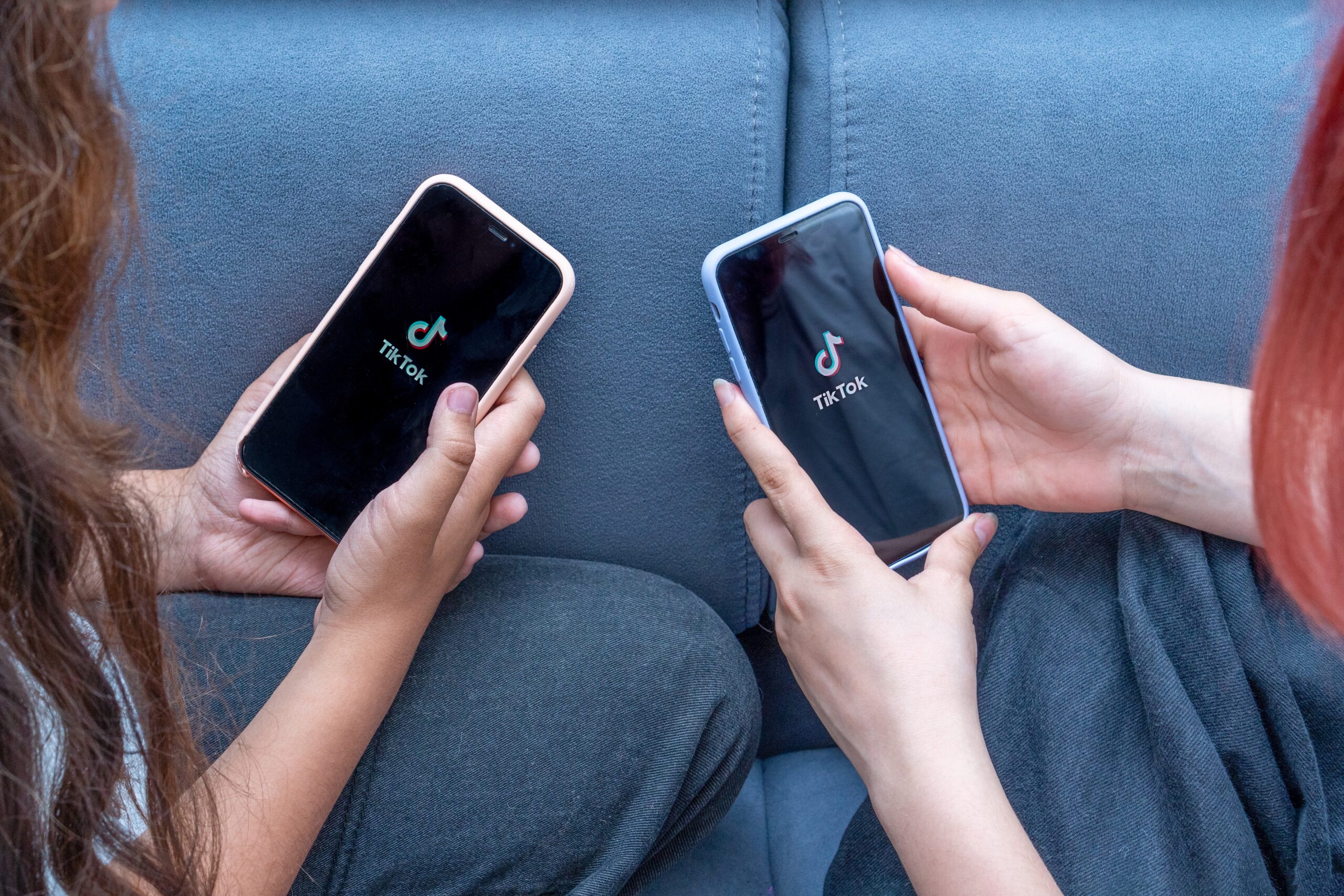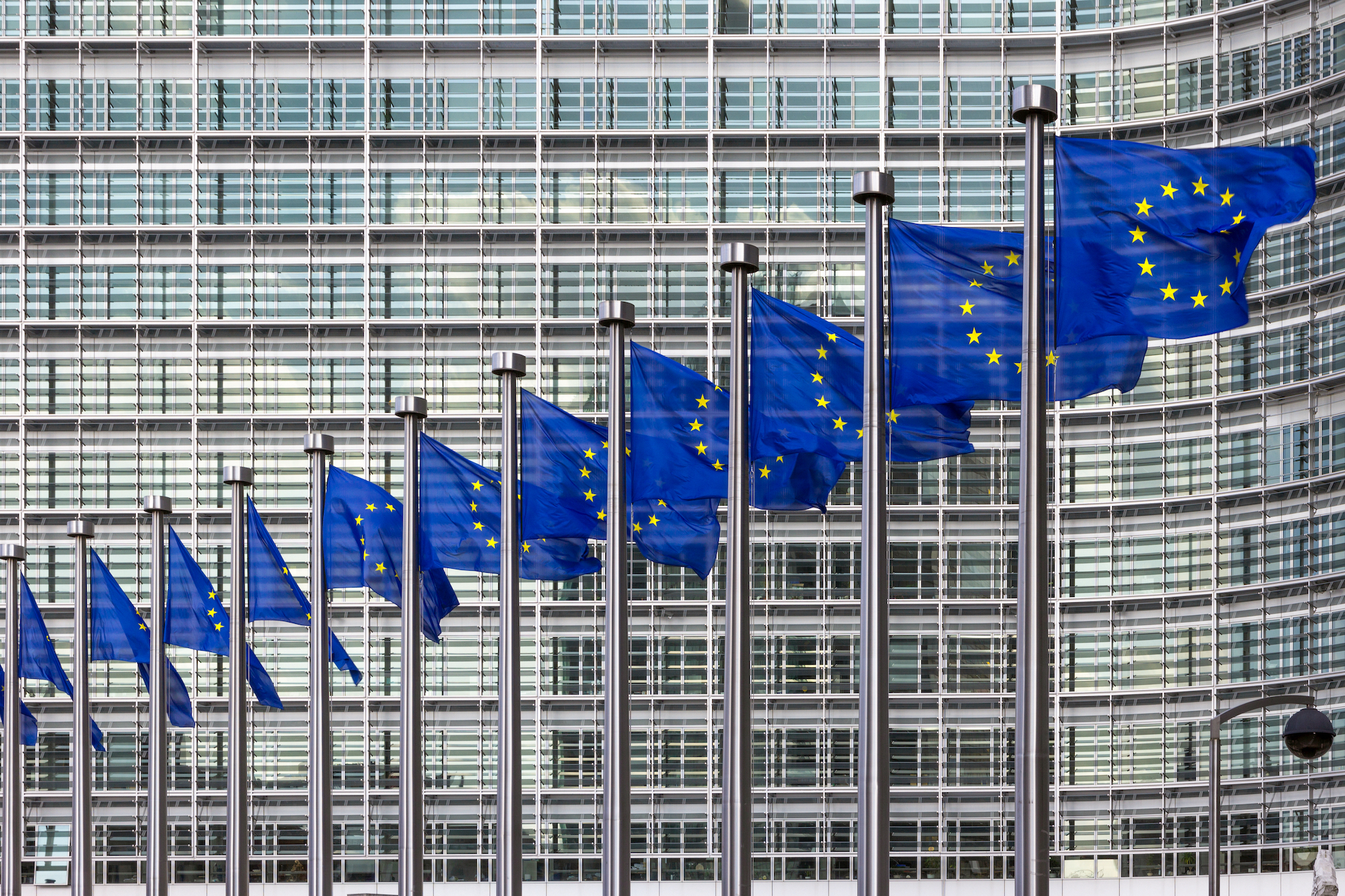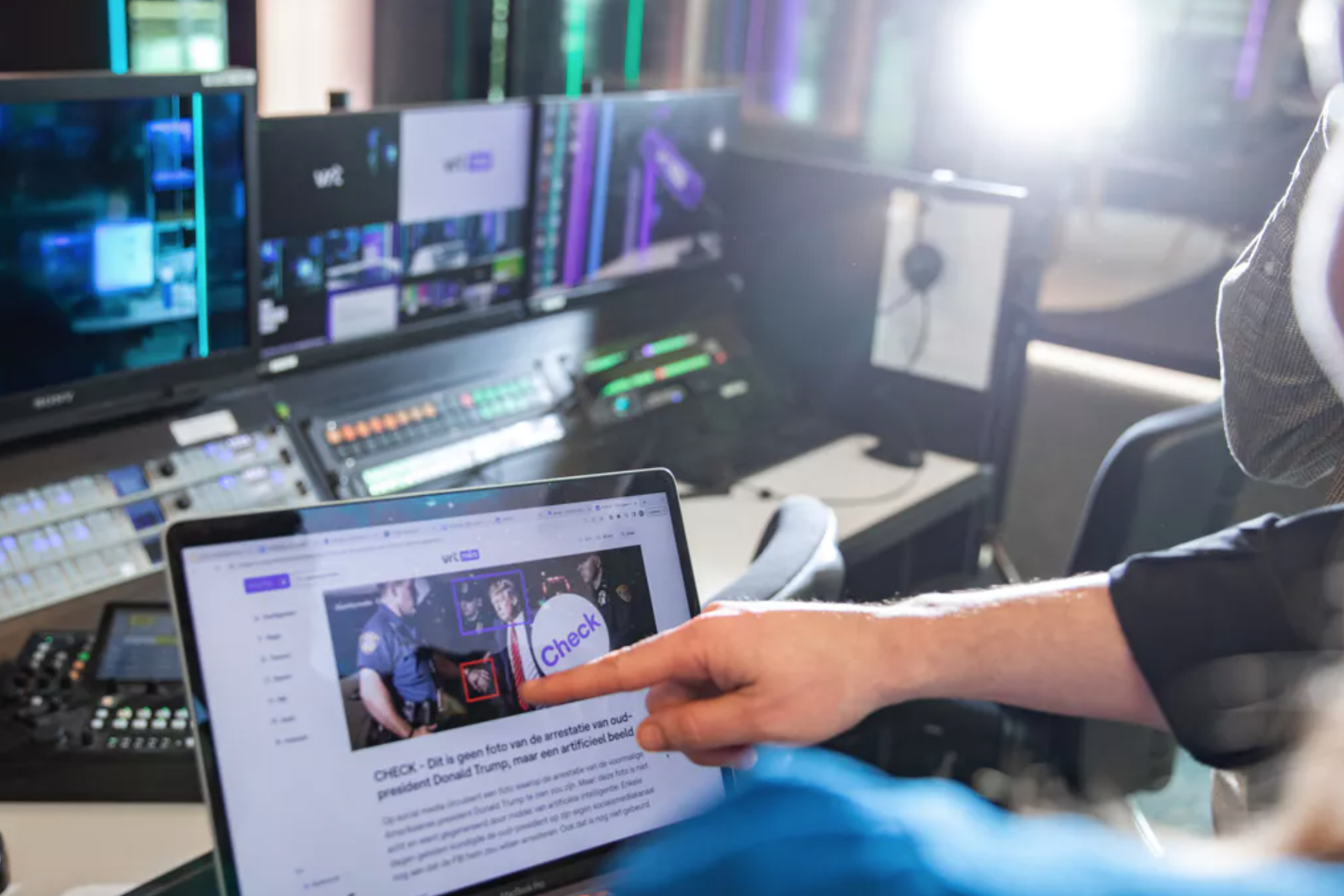ANALYSIS
“It’s our Olympics” – Lessons for public media from the Australian and Canadian elections
5 November 2025
For the latest episode of PMA’s podcast, Media Uncovered, we sat down with the two people leading the newsrooms for Australia’s and Canada’s national public service broadcasters, to discuss what it takes to cover an election in 2025.

Elections are always significant events. They are the foundation of democracy, the moment when citizens can exercise their franchise. For public media, with the responsibility to produce a citizenry capable of making an informed choice, they are a gauge of their credibility and ability.
In the latest episode of Media Uncovered, the Public Media Alliance’s Head of Content and Engagement, Harry Lock, spoke with the newsroom leaders of the ABC and CBC News, a few months after the dust had settled on their countries’ respective elections.
They were elections that bore a striking resemblance in their outcome, with victories for the left-leaning incumbents (bucking a global trend), and leaders of the opposition ousted from their constituency seats.
But what were the commonalities and differences when it came to how the ABC and CBC/Radio-Canada approached the election? All this was discussed with Justin Stevens, Director, News at the ABC and Brodie Fenlon, General Manager and Editor in Chief for CBC News.
Listen to the episode:
1. There’s nothing bigger than covering an election
Elections are still the high watermark for public media providing public service journalism.
“It is a big moment for proving your trustworthiness and your journalistic chops because one misstep, one missed call, one mistake, and you can lose it all. So, it’s the truest test of your public trust and your worth,” said Fenlon. And it takes a lot of effort and resources to do it properly. “We call it our Olympics. It’s our Olympics in terms of scale and energy, the money we put towards doing it.”
They are events which affect and occupy the entire organisation. “We’ve got 67 different office locations across Australia where we’ve got journalists located,” said Stevens. “And I’m going to hazard a guess that almost every one of those offices at some point in time played a role in the election coverage.”
Elections are big for audiences, too, and these elections were found to be particularly unique in that Donald Trump, freshly inaugurated for his second term as US President, loomed large and resulted in a highly engaged audience in both Canada and Australia.
But this was an opportunity for public media to reach and engage with those new listeners and viewers, and ABC research showed 84 percent of Australians engaged with ABC content over the five-week campaign period. CBC, meanwhile, “saw banner audiences right through the campaign, and unusually, right from the beginning of the campaign. Often it takes a couple of weeks to build steam.”
2. Why politicians are avoiding public media
The Canadian and Australian elections followed the trend largely popularised by Donald Trump during his 2024 election campaign where he spurned legacy media in favour of alternative ‘news’ platforms, podcasters and creators, and his own media profiles.
In Canada, “The front runner going into the election, the leader of the opposition, refused to have a traditional media caravan,” said Fenlon. “So we were essentially like all others having to chase this leader across the country and make sure that we could show up where he showed up. And then when you’d arrive, questions were carefully managed, access was limited.”
Where are they going instead? Social media means politicians can directly engage with audiences without having to go through editorial media. “We’ve seen an increased trend in definitely social media,” said Stevens. “It gives politicians that direct-to-audience conversation that they haven’t had previously and then that means they can technically circumvent [us].”
But politicians are also identifying potential in going to alternative media, creators, podcasters and more, who are perhaps more friendly to their views and policy agenda, and might get an easier ride. The impact of this for public media means “You have to work a little extra hard to be covering it,” said Fenlon. “It’s not maybe as easy as it was in the past. Not that it was ever easy, but at least there was an agreement between all parties that this was a core thing in the media had a core role to play in an election.”
3. Centre audiences and their views
But politicians spurning traditional, or legacy, or editorial media does offer a broader opportunity to shift the focus more on what the public is thinking, what issues are most important to them. Fenlon said that one of the conversations they had at the outset, is “how do we not fall into the trap of covering the horse race and make sure that we are surfacing the views of regular voters and what they care about?”
For the ABC, this conversation happened a month before the election campaign even started. Work then went into hearing from and speaking with local audiences. “We leveraged this huge network we’ve got of staff around and mobilised them around Australia having a conversation with the public,” Stevens said. “So on one day for the first time ever, the ABC did over 45 outside radio broadcasts in their communities to try and just have a conversation about what matters.” This was accompanied by a digital survey so they could capture more views and perspectives.
These conversations and the resulting data gave the ABC three to five top issues, that, at certain moments in the election campaign, they spent time prioritising. They “tried to really overtly facilitate conversation around … and really put it on politicians of all stripes to come to the table and say, ‘What are you doing about this?’
“That was the first time I’ve seen, I think, that we were assertively setting that agenda and there were times where it felt across one of the campaign weeks that [it] actually mobilised other media to talk more about those issues, and then that created a sense of momentum around what policies the politicians inevitably had to talk about as a result.”
Latest Analysis
4. Making the most of third-party platforms
One of the major challenges facing CBC News for this election was the ongoing Meta news ban, first introduced in 2023, which blocks Canadian audiences from viewing, accessing and sharing news articles on Facebook and Instagram. However, Fenlon said many Canadians are unaware of this ban, and still use Facebook or Instagram as a way of receiving news. “Which is humbling and a good reminder. Like, how do you define what is news and what do people actually view as news?”
With Facebook and Instagram therefore off limits for all news media to reach and engage audiences, CBC made the decision to prioritise those platforms which were available. “We put our focus on TikTok and YouTube,” said Fenlon. “We really wrapped our arms around those platforms, even though both are challenging, both have problems, but eyes wide open. And we put a lot of effort into streaming channels, the free ad supported television space … So, it just meant we changed focus.
The experience for Canadian news media over the past two years has only further highlighted the level to which public media now depend on third-party platforms to reach and engage with audiences. “[It’s] ultimately a huge reminder that your own products, your own direct relationship with the audience is critical and you never wanna drop that ball. Like do not put all your eggs in one basket because the basket can just be ripped away from you as Meta did with us.” In preparation, CBC has evolved its own owned-and-operated platforms to feature vertical video and storytelling.
In Australia, potentially facing a similar situation, Stevens said he was cognisant of this dilemma, but that Instagram was a hugely important platform in the recent election. Additionally, he said that referrals from third-party platforms aren’t what they were. “So, how you present on there, making sure people are cognisant that you are from the ABC or CBC is very important.”
5. The election night show isn’t going anywhere
When audiences think of public media and elections, it’s the election night show that often springs to mind. The set-piece event is a major undertaking. But in this digital world, does it still have a place? And if so, in what format?
For both Fenlon and Stevens, the production at least isn’t going anywhere. “The idea of live event coverage with an unknown outcome, there’s always going to be an appetite to watch and listen and read or scroll through developments like that,” said Fenlon.
“I think it’s got a massive future,” said Stevens. “I think our TV broadcast had one of the biggest, if not the biggest audience the ABC has ever got in its history.”
That’s not to say that the format is stale or stuck as a broadcast-first product. “A lot of people are streaming it on our video-on-demand player or on their mobile devices. And they are seeking out the dual screen experience because we put a lot into our digital results page on the website so that they’ve got the flexibility to be able to do that. We had a QR code on the TV, which people could take through to the website results page if they wanted more detail.”
Additionally, it offers up the opportunity to experiment with innovative new formats. For this election, CBC produced a watch-along show, designed for YouTube. The programme featured a group of people watching CBC’s own election night coverage, discussing it in real-time and also interacting with YouTube comments.
Fenlon said while it wasn’t perhaps the greatest of successes, there was enough in it to warrant another attempt. “I thought it was a great idea. … But I think I would go back at it again. I love the idea of being with the audience, experiencing something together and helping to bring context. So, yeah – noble idea, but didn’t have a huge audience. People still really wanted first and foremost results and, ‘Tell me what’s happening’, and ‘What is our country going to look like tomorrow?’”
Related Posts
3rd October 2024
PSM Unpacked | Covering elections for young audience
Our global membership recently joined…
3rd April 2024
VRT NWS is launching a fact-check marathon in the run-up to elections
With the approaching parliamentary and…






